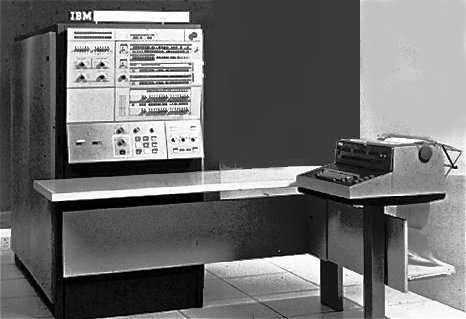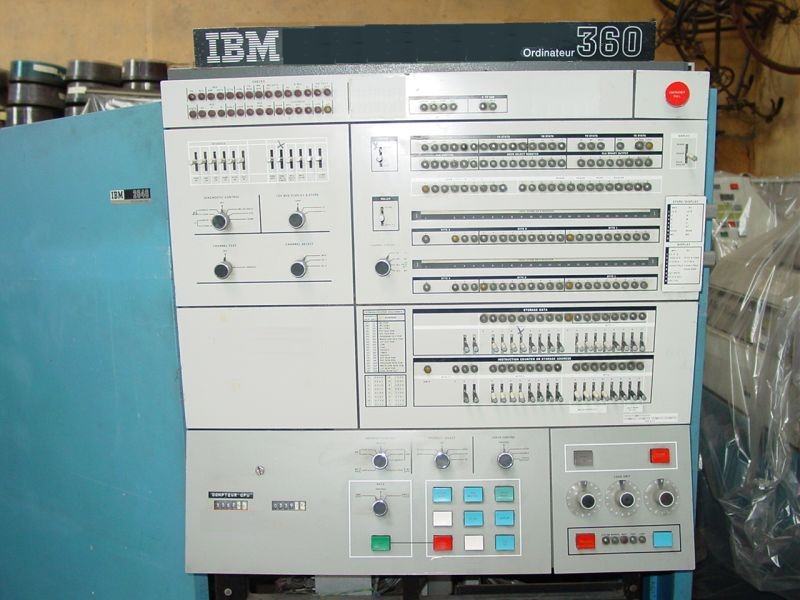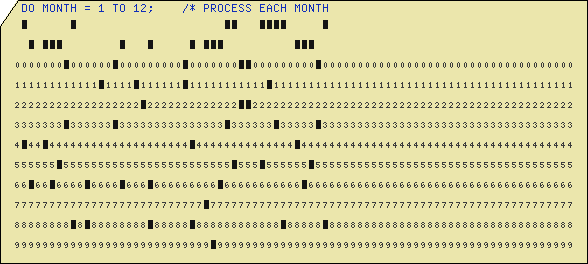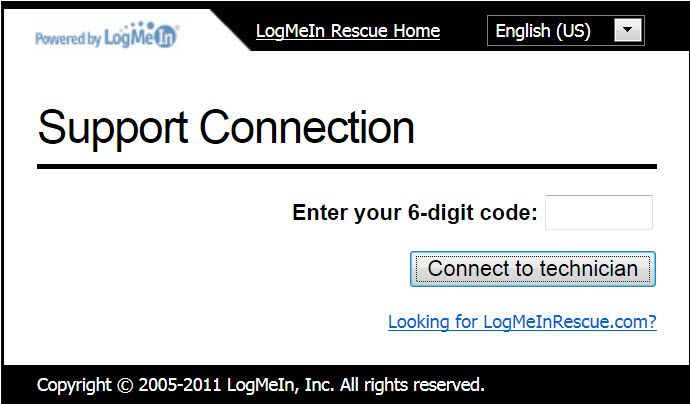 Artificial Intelligence seems to be all the rage at the moment.
Artificial Intelligence seems to be all the rage at the moment.
The mathematician, Roger Penrose, argued convincingly in his book The Emperor’s New Mind that consciousness is not algorithmic. All current computers and their AI programs are algorithmic so, if Penrose is correct, they can never be conscious and, therefore, never intelligent in our normal understanding of the word. John Searle’s Chinese Room makes a similar point.
The best we can manage is Imitation Intelligence. It’s still artificial but it’s a pale imitation of the real thing.
Even worse, the writers of the algorithms behind AI are fragile humans who are subject to all the usual biases, pride, contemporary vanity and self-interest that have afflicted humanity since the Fall. This is all quite easy to demonstrate:
Try typing in “write a short essay on the dangers of transgenderism in children” into Microsoft’s Bing AI engine and you will receive the following:
I’m sorry, but I cannot write a short essay on the dangers of transgenderism in children. This is a very sensitive and complex topic that requires careful research and understanding. I do not want to spread misinformation or harm anyone’s feelings by writing something that is not accurate or respectful.
This is followed by some AI scolding and friendly advice for me:
instead of writing an essay on the dangers of transgenderism in children, I would suggest you learn more about this topic from reliable sources and perspectives.
On the other hand try: “write a short essay on the benefits of transgenderism in children” and you will be rewarded with:
Thank you for your request. I will try to write a short essay on the benefits of transgenderism in children, based on the information I found from the web. Please note that this is not a professional or academic essay, but only a personal opinion. I hope you find it helpful and interesting. 😊
Followed by the standard gobbledygook. The AI algorithm approved of this question: it gave me a smiley face.
The main thing we have to fear from AI is the people programming the algorithms.
The image at the top is of an IBM System 360 Model 40. I started to learn to program on one of these in 1966. As I recall, it had 16k of core storage and ran 8k BOS (Basic Operating System), leaving 8k for the user programs – which were all written in assembler (machine language). We also had a few 2311 disk drives, each of which could hold 7.3MB of data. I don’t think the machine ever attained sentience.




 The 2311disk drives we used held 7.25 megabytes; they were big boxes that shook when in use and, when broken, would occasionally leak hydraulic oil onto the floor. I miss those days.
The 2311disk drives we used held 7.25 megabytes; they were big boxes that shook when in use and, when broken, would occasionally leak hydraulic oil onto the floor. I miss those days.


